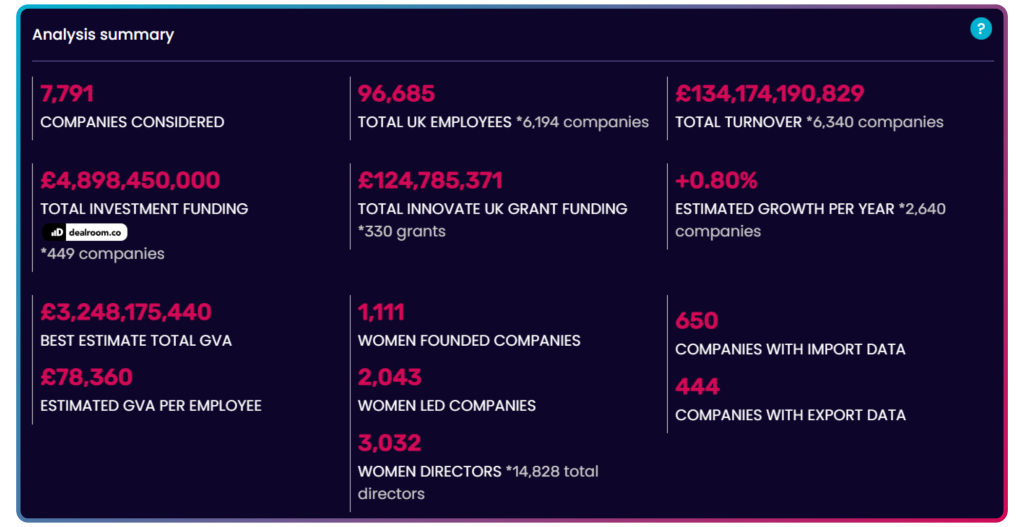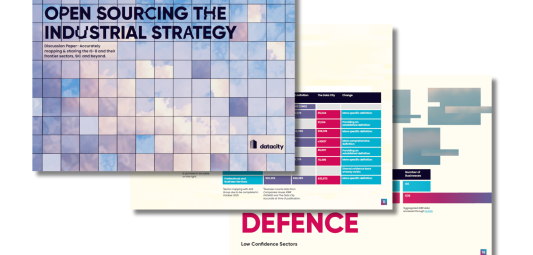The very frontier of the economy is always evolving, with the continual creation of new sectors. One of the latest to emerge is CreaTech.
What is CreaTech?
CreaTech is the combination of creative sectors like film with the technology sector and is an exciting area of growth for the UK. One such company is Modern Synthesis, which is using biology to develop new materials for the fashion industry.
Given this it’s a sector any government would want to have on its radar. And so it’s no surprise that CreaTech features heavily in the Creative Industries Sector Plan published in June (although not, curiously, in the main Industrial Strategy document).

Defining CreaTech is hard to do
But as a frontier sector, CreaTech is hard to define. In part this is because standard SIC code definitions provide a snapshot of the economy as it was when they were last updated. In the UK this was 2007.
SIC codes define Modern Synthesis as Manufacture of textiles not otherwise classified and research and experimental development on biotechnology. Neither are wrong, but neither do either of them capture the emergence of the CreaTech sector.
The good news is that the UK is in the process of updating SIC codes. But even this update is unlikely to capture CreaTech, or indeed FinTech, because of a sensible desire to maintain international comparability. The EU framework that SIC is based on is not designed in a way to capture sectors like CreaTech or FinTech.
The Data City’s approach isn’t bound by either of these problems
We’ve been able to define the CreaTech sector using a combination of our Real-Time SIC Codes (RSICs) and Real-Time industrial Classifications (RTICs).

Specifically, we define CreaTech as a company operating in both the creative industries sector (RSICs) and the Digital and Technologies sector (RTICs), at the same time, allowing us to capture companies like Modern Synthesis.
It now forms part of our definition of the government’s IS8 sectors. We’ve included it here because of the importance given to it in the Creative Industries sector plan.

CreaTech shows why the Industrial Strategy needs to be dynamic
Anything that is defined at a point in time, be it industrial strategy sectors or SIC code definitions, struggles to capture the frontier of the economy as it evolves. The emergence of CreaTech underlines this.
For this reason the government’s Industrial Strategy should be a dynamic process. Over time, with support and growth, the current frontier industries will change and new ones, like CreaTech, will emerge. The Data City’s data allows this to happen in real time.
For more on Industrial Strategy and the IS-8, make sure you download our latest report.
Want to see the IS-8 and CreaTech data for yourself? Sign up for a free trial of our Industry Engine platform today.


